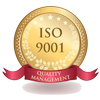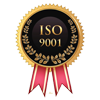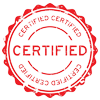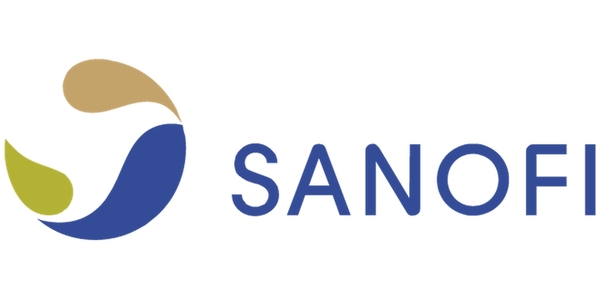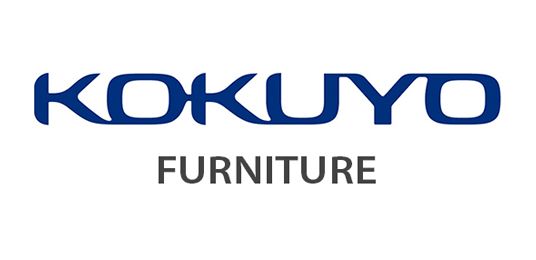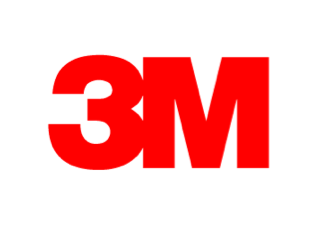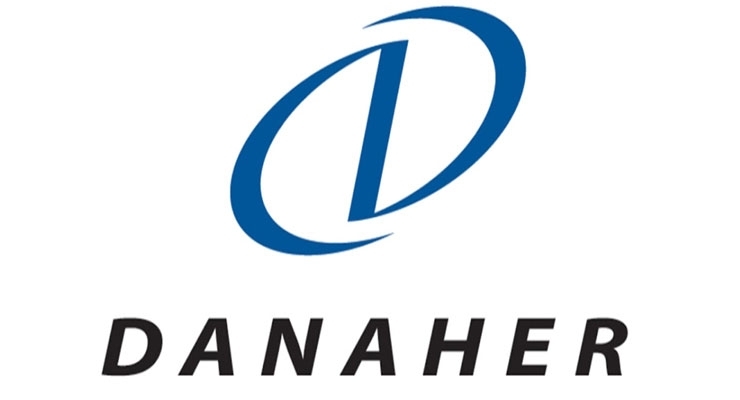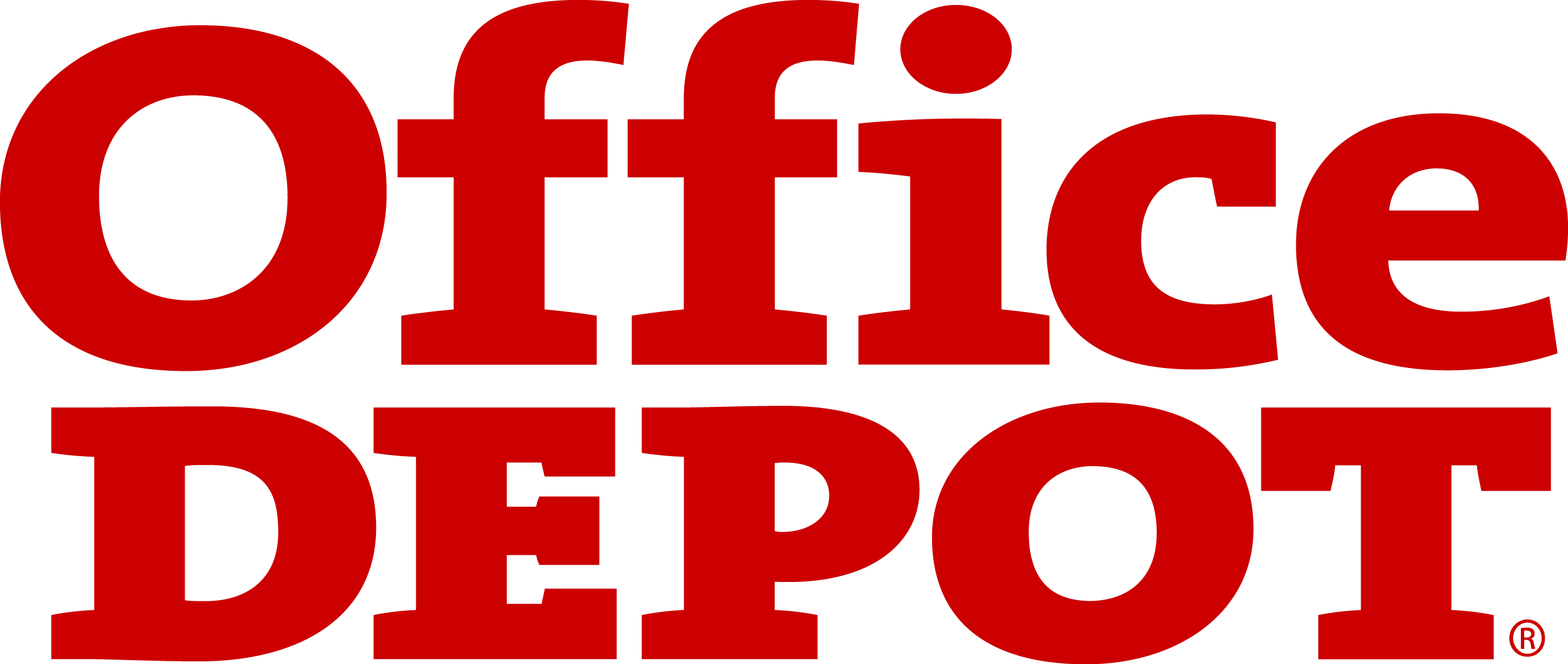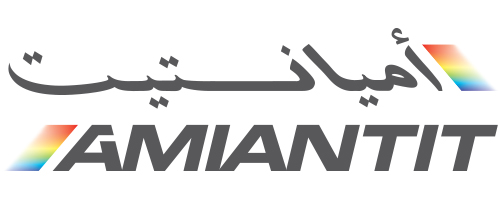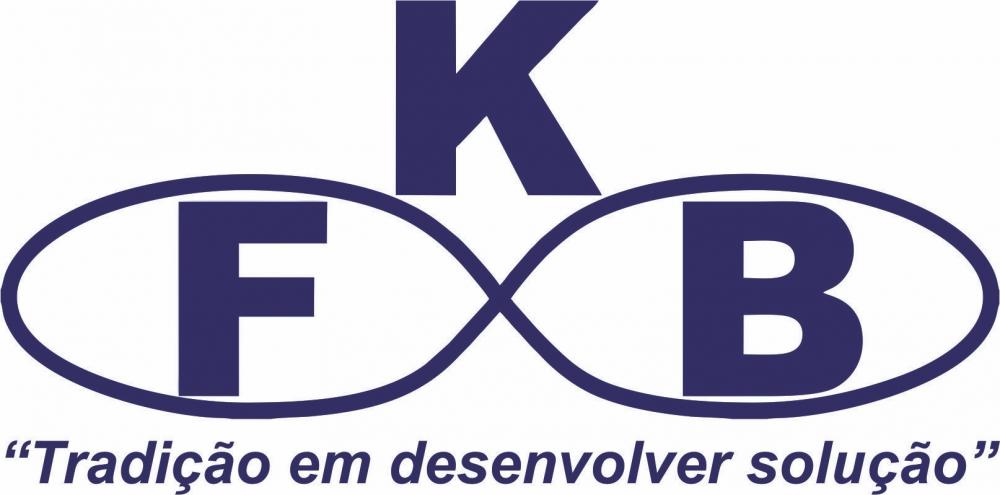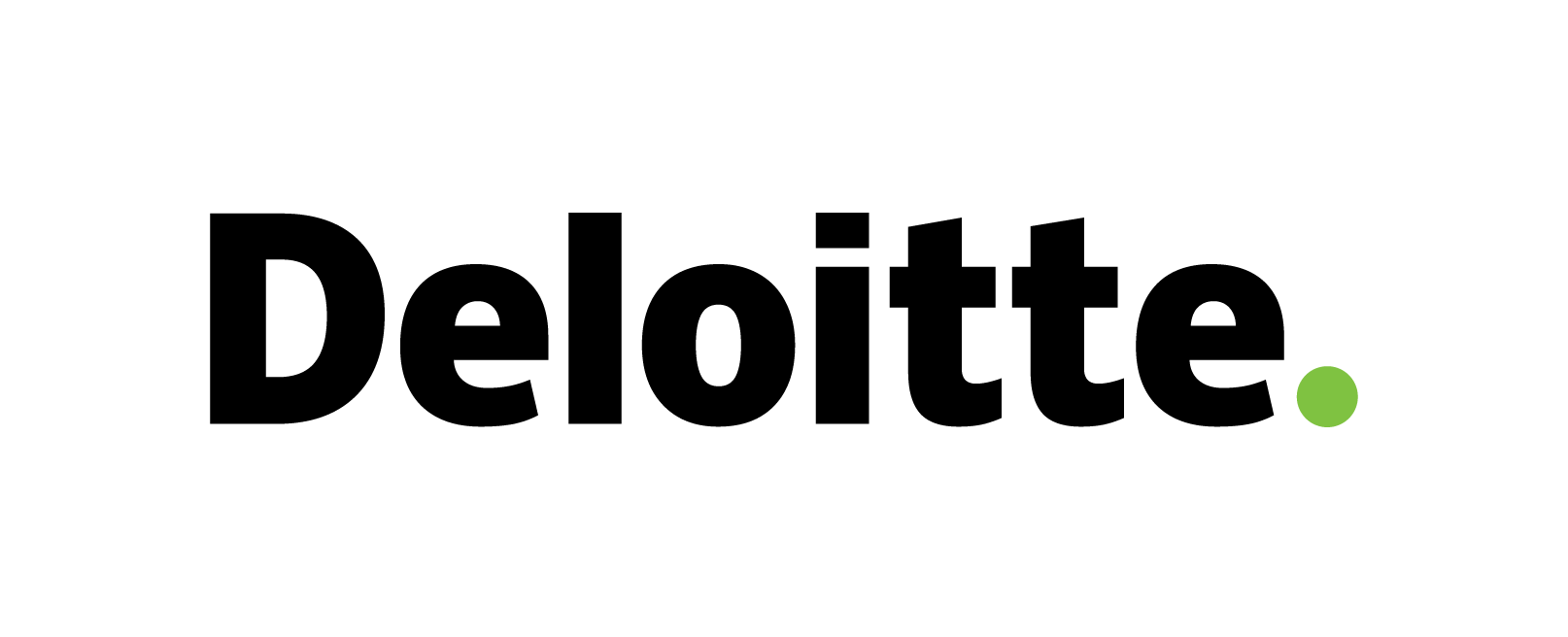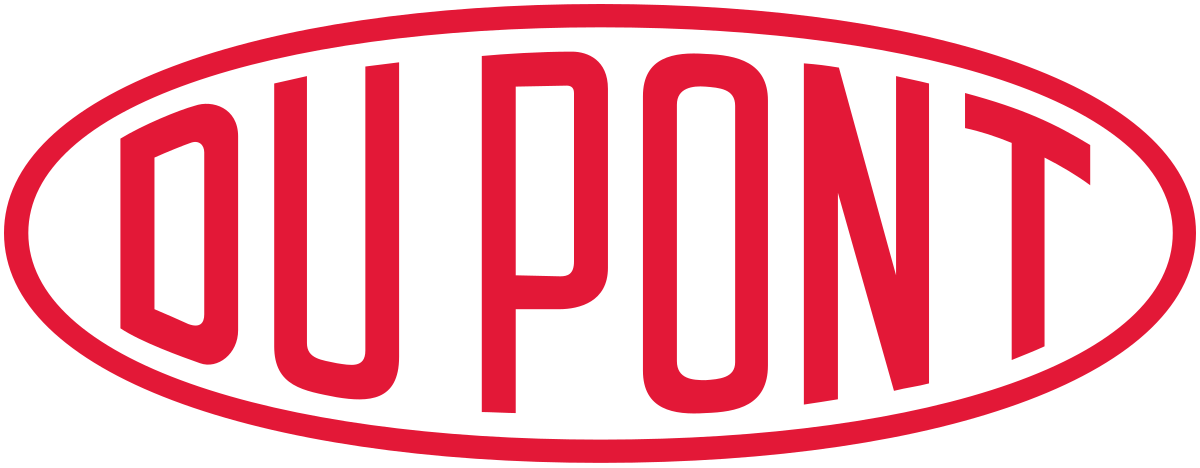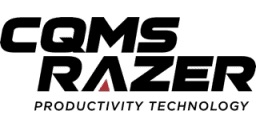Sciatica Market
Sciatica Market Trends, Opportunity, and Forecast Analysis, 2024-2033
Sciatica market revenue to generate USD 4.5 Billion by 2033, according to KDMI analyst’s growth analysis. The market is segmented by disease type, drug type, route of administration, end-user, and by Region.
Sciatica Market Size Survey Report – In a Glance
As per the survey report on global Sciatica market, the market is projected to foresee a CAGR of CAGR value 3.1% between 2024-2033, and further generate a market size of USD 4.5 billion revenue by the end of 2033. In the year 2024, the market size was valued at USD 3.1 billion revenue.
- The global Sciatica market is projected to grow on account of the growing cases of sciatica disease.
- In Japan, the Sciatica market growth can be attributed to the flourishing healthcare market.
- KDMI analyst’s growth analysis foresees unavailability of approved treatment to challenge the market growth.
- North America, having the highest market share, in the Sciatica market, is projected to dominate the global market.
Sciatica Market Analysis
Sciatica also known as sciatic nerve pain is a condition where pain travels from the lower back down to the legs through the hips. It typically arises due to a slipped disc, bony growth, or narrowing of the spine, leading to severe excruciating pain, numbness, and leg weakness. According to epidemiological research, sciatica impacts 10% to 40% of individuals throughout life with a yearly occurrence of 1% to 5%.Therefore, the growing cases of sciatica disease in recent times are propelling the sciatica market growth by increasing the need for pain relief treatments, physiotherapy, and surgical procedures. Additionally, cutting-edge advancements in minimally invasive procedures and modern pain relief techniques further drive the market. Scilex Holding Comapany, SpineThera, Sollis Therapeutics, are some of the significant parties in the global market for Sciatica.
Analyst’s Observation on Japan Sciatica Market Survey
Japan boasts a healthcare system that is recognized for its accessibility and focus on preventive care. Since the 1950s, the government has encouraged free medical treatments and expanded insurance to cover preventive medications. The advancement and use of artificial intelligence are revolutionizing global health care including within the nation. At the same time, Japan’s medical equipment and materials market continues to be among the top markets. Data suggests that in 2020, its market value was worth around $26 billion USD or Yen 106.8. However, the market growth for Sciatica can be attributed to the flourishing healthcare market. As with the country’s healthcare market thriving, the sciatica market is also growing due to the increasing demand for cutting-edge treatments and modern medical technologies. Seikagaku Corporation , AstraZeneca, Novartis AG, are some of the significant parties in the market for sciatica in Japan.
|
Sciatica Market: Report Scope |
|
|
Base Year |
2023 |
|
Estimated Market Size |
USD 3.1 Billion in 2024 |
|
Forecast Year |
2024-2033 |
|
Projected Market Size |
USD 4.5 Billion in 2033 |
|
CAGR Value |
3.1% |
|
Sciatica Market Key Trends/Major Growth Drivers |
|
|
Restraint Factors |
|
|
Sciatica Market Segmentation |
|
|
Sciatica Market Key Players |
Endo Pharmaceuticals, AstraZeneca, Novartis AG, Teva Pharmaceutical Industries, Neurotech, Nidd Valley Medical, Omega Laser Systems Ltd., Omron Healthcare, Inc., Vita Science, AstraZeneca, and others. |
Sciatica Market Growth Drivers and Challenges
Growth Drivers
Developments in medical imaging and non-invasive procedures:
Breakthroughs in medical imaging and the growing emphasis on minimally invasive treatments are major forces pushing the sciatica market forward. A growing preference for non-invasive treatment options signals a shift toward patient-focused healthcare, driving the market. Besides this, greater awareness of sciatica-specific medications strengthens their role as alternatives to traditional therapies. Advancements in imaging techniques have improved diagnostic accuracy allowing health care providers to identify sciatica conditions with exceptional precision. Yet imaging equipment remains unaffordable for many low and lower-middle-income countries, which lack skilled professionals. The WHO collaborates with product manufacturers to improve imaging availability in remote areas. Therefore, the increased accuracy enables faster treatment and improved patient care further contributing to the growth of the sciatica market.
Increasing funding for novel drugs:
Expanding funding for drug development is driving the sciatica market by facilitating research into better treatment options. In recent years, the demand for medical and healthcare services has been rising, positioning health risks as a major determinant of the family budgets. Healthcare expenditures worldwide soared to $9.8 trillion, making up 10.3% of the global gross domestic product. Moreover, increased financial backing allows pharmaceutical companies to develop new medications that offer superior pain relief with minimal side effects. Also, additional investments enhance clinical trials, allowing new drugs to reach patients sooner. Better availability of innovative drugs leads to enhanced patient outcomes. As financial support grows, ongoing innovations in drug formulations further strengthen the sciatica market, making sciatica treatment more effective and widely accessible.
Restraints
Unavailability of approved treatment:
A shortage of approved treatments is preventing the sciatica market from expanding as patient access to effective therapies remains restricted. Without proper regulatory drug approvals, treatment options become limited. Besides, patients and healthcare providers may turn to treatment alternatives which slows medical advancements and holds back the market growth and development.
Expensive medical care:
The high cost of medical care weakens the sciatica market by restricting patients from accessing the best treatments. Expensive medications and costly surgeries make advanced care unaffordable, putting financial strain on patients and constraining overall market growth. As a result, patients are pushed toward cheaper and less effective treatment options, ultimately limiting the market.
Sciatica Market Segmentation
Our experts at KD Market Insights have segmented the global Sciatica market research report as:
|
By Disease Type |
|
|
By Drug Type |
|
|
By Route of administration |
|
|
By End-user |
|
|
By Region |
|
Sciatica Market Regional Synopsis
North America plays a leading role in the sciatica market and is largely influenced by its strong research and development activities. Besides that, the increasing number of drug prescriptions, easy access to therapeutics, progressive healthcare systems, availability of skilled medical personnel, increased awareness among the public, and favorable government initiatives in Canada and the United States propels the market further within the region. The United States holds the largest share of the regional sciatica market within the given period because of the presence of pharmaceutical companies, surging medical advancements, and increased adoption of innovative treatments along with a promising drug development pipeline in the country. The total expenditure worldwide on R&D has touched almost US$ 1.7 trillion.
Asia-Pacific (APAC) is witnessing the fastest market surge during the given timeline. The region functions as a key point for pharmaceutical businesses. This is mainly due to expansive distribution channels and trade connections. Furthermore, the market is also steered by the increasing use of generic drugs, consumer demands, economic expansion, and progressing healthcare infrastructure. The region is also upgrading the sciatica treatment market due to its massive population, fast economic progression, increasing public awareness about sciatica, greater healthcare investments, and strengthening healthcare systems. In addition to that, Japan’s economic growth is expected to grow at a rate beyond its expected growth capacity. China is also contributing a significant part to the regional market. It has implemented the world’s largest planned urban transformation program, thereby, promoting healthcare development. Also, numerous policies have supported its overall healthcare framework and economic growth goals.
In Europe, the existence of government organizations supporting early detection and preventive measures is mainly expected to drive sciatica market expansion in the coming future. Moreover, the UK is at the forefront of the development of the market in the region due to its increasingly improved diagnostics and strong healthcare policies. Several factors are responsible for the market evolution in the area such as the increasing occurrence of sciatica, growing health awareness, and expanding availability of medical solutions.
Latin America and the Middle East & Africa regions are also forecasted to witness a substantial CAGR during the given period due to growing demand for pain relief drugs among patients and the expansion of distribution channels by market key players.
As per our analysts at KD Market Insights, the following five players lead the North America Sciatica market growth:
- Mylan N.V.
- Sorrento Therapeutics, Inc.
- Vita Science
- AstraZeneca
- Novartis AG
Sciatica Market Competitive Landscape
Some of the key players who top the global Sciatica market share:
- Endo Pharmaceuticals
- AstraZeneca
- Novartis AG
- Teva Pharmaceutical Industries
- Neurotech
- Nidd Valley Medical
- Omega Laser Systems Ltd.
- Omron Healthcare, Inc.
- Aurobindo Pharma
- Zydus Lifesciences Limited
- Abbott Laboratories
- Teva Pharmaceutical Industries Limited
- Johnson and Johnson
- Executive Summary
- Market Overview
- Key Findings
- Market Trends
- Market Outlook
- Introduction
- Scope of the Report
- Research Methodology
- Definitions and Assumptions
- Acronyms and Abbreviations
- Market Dynamics
- Drivers
- Restraints
- Opportunities
- Challenges
- Global Sciatica Market
- Market Overview
- Market Size and Forecast
- Market Segmentation
- By Disease type
- By Drug type
- By Route of administration
- By End-user
- By Region
- Market Segmentation by Disease type
-
- Acute Sciatica
- Chronic Sciatica
- Others
-
- Market Segmentation by Drug type
-
- Non-steroidal Anti-Inflammatory Drugs
- Oral Steroids
- Anticonvulsant Agents
- Tricyclic Antidepressants
- Opioid Analgesics
- Others
-
- Market Segmentation by Route of administration
-
- Oral
- Injectable
- Others
-
- Market Segmentation by End-user
-
- Hospitals Pharmacies
- Retail Pharmacies
- Online Retail
- Others
-
- Regional Analysis
- North America
- United States
- Market Size and Forecast
- Key Trends and Developments
- Market Analysis by Disease type, Drug type, Route of administration and End-user
- Canada
- Market Size and Forecast
- Key Trends and Developments
- Market Analysis by Disease type, Drug type, Route of administration and End-user
- Mexico
- Market Size and Forecast
- Key Trends and Developments
- Market Analysis by Disease type, Drug type, Route of administration and End-user
- United States
- Europe
- United Kingdom
- Market Size and Forecast
- Key Trends and Developments
- Market Analysis by Disease type, Drug type, Route of administration and End-user
- Germany
- Market Size and Forecast
- Key Trends and Developments
- Market Analysis by Disease type, Drug type, Route of administration and End-user
- France
- Market Size and Forecast
- Key Trends and Developments
- Market Analysis by Disease type, Drug type, Route of administration and End-user
- Italy
- Market Size and Forecast
- Key Trends and Developments
- Market Analysis by Disease type, Drug type, Route of administration and End-user
- Spain
- Market Size and Forecast
- Key Trends and Developments
- Market Analysis by Disease type, Drug type, Route of administration and End-user
- Rest of Europe
- Market Size and Forecast
- Key Trends and Developments
- Market Analysis by Disease type, Drug type, Route of administration and End-user
- United Kingdom
- Asia Pacific
- China
- Market Size and Forecast
- Key Trends and Developments
- Market Analysis by Disease type, Drug type, Route of administration and End-user
- Japan
- Market Size and Forecast
- Key Trends and Developments
- Market Analysis by Disease type, Drug type, Route of administration and End-user
- India
- Market Size and Forecast
- Key Trends and Developments
- Market Analysis by Disease type, Drug type, Route of administration and End-user
- Australia
- Market Size and Forecast
- Key Trends and Developments
- Market Analysis by Disease type, Drug type, Route of administration and End-user
- South Korea
- Market Size and Forecast
- Key Trends and Developments
- Market Analysis by Disease type, Drug type, Route of administration and End-user
- Rest of Asia Pacific
- Market Size and Forecast
- Key Trends and Developments
- Market Analysis by Disease type, Drug type, Route of administration and End-user
- China
- Latin America
- Brazil
- Market Size and Forecast
- Key Trends and Developments
- Market Analysis by Disease type, Drug type, Route of administration and End-user
- Argentina
- Market Size and Forecast
- Key Trends and Developments
- Market Analysis by Disease type, Drug type, Route of administration and End-user
- Colombia
- Market Size and Forecast
- Key Trends and Developments
- Market Analysis by Disease type, Drug type, Route of administration and End-user
- Rest of Latin America
- Market Size and Forecast
- Key Trends and Developments
- Market Analysis by Disease type, Drug type, Route of administration and End-user
- Brazil
- Middle East & Africa
- South Africa
- Market Size and Forecast
- Key Trends and Developments
- Market Analysis by Disease type, Drug type, Route of administration and End-user
- Saudi Arabia
- Market Size and Forecast
- Key Trends and Developments
- Market Analysis by Disease type, Drug type, Route of administration and End-user
- UAE
- Market Size and Forecast
- Key Trends and Developments
- Market Analysis by Disease type, Drug type, Route of administration and End-user
- Rest of Middle East & Africa
- Market Size and Forecast
- Key Trends and Developments
- Market Analysis by Disease type, Drug type, Route of administration and End-user
- South Africa
- North America
- Competitive Landscape
- Market Share Analysis
- Company Profiles
- Nidd Valley Medical
- Omega Laser Systems Ltd.
- Omron Healthcare, Inc.
- Aurobindo Pharma
- Zydus Lifesciences Limited
- Abbott Laboratories
- Teva Pharmaceutical Industries Limited
- Johnson and Johnson
- Others
- Strategic Recommendations
- Appendix
- List of Tables
- List of Figures
- References

Need Customized Report for Your Business ?
Utilize the Power of Customized Research Aligned with Your Business Goals
Request for Customized Report- Quick Contact -
- ISO Certified Logo -
